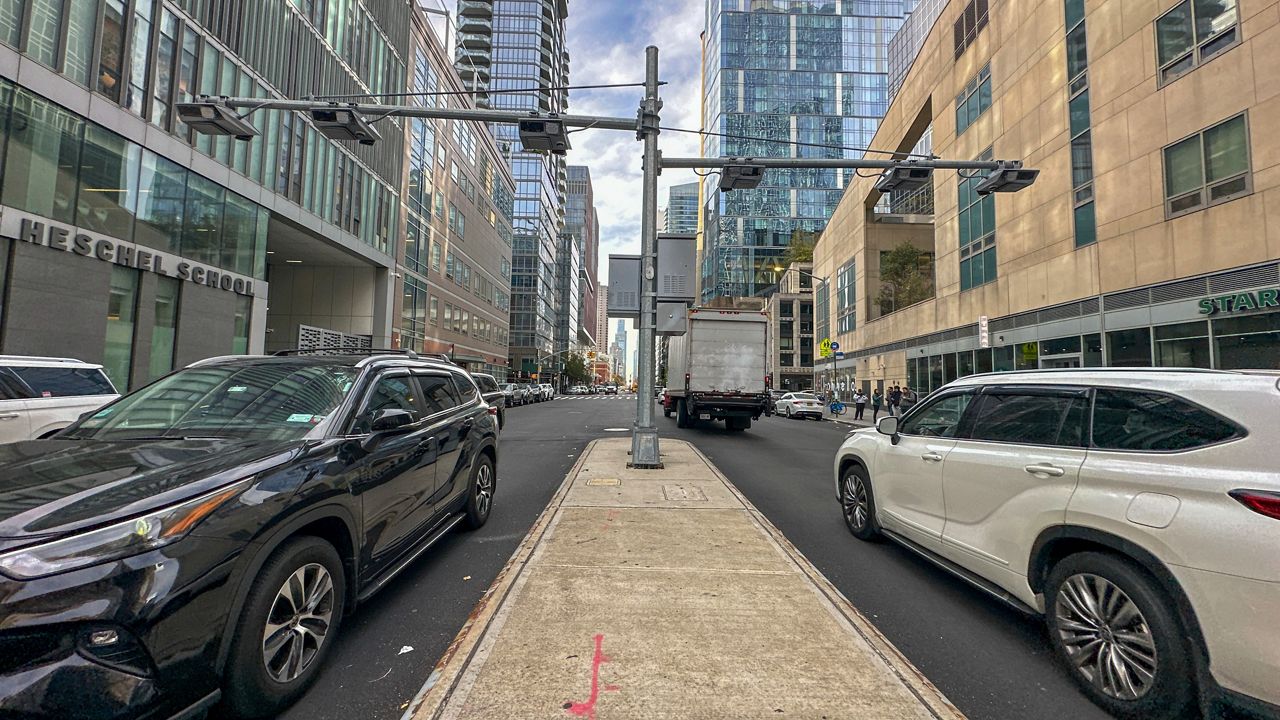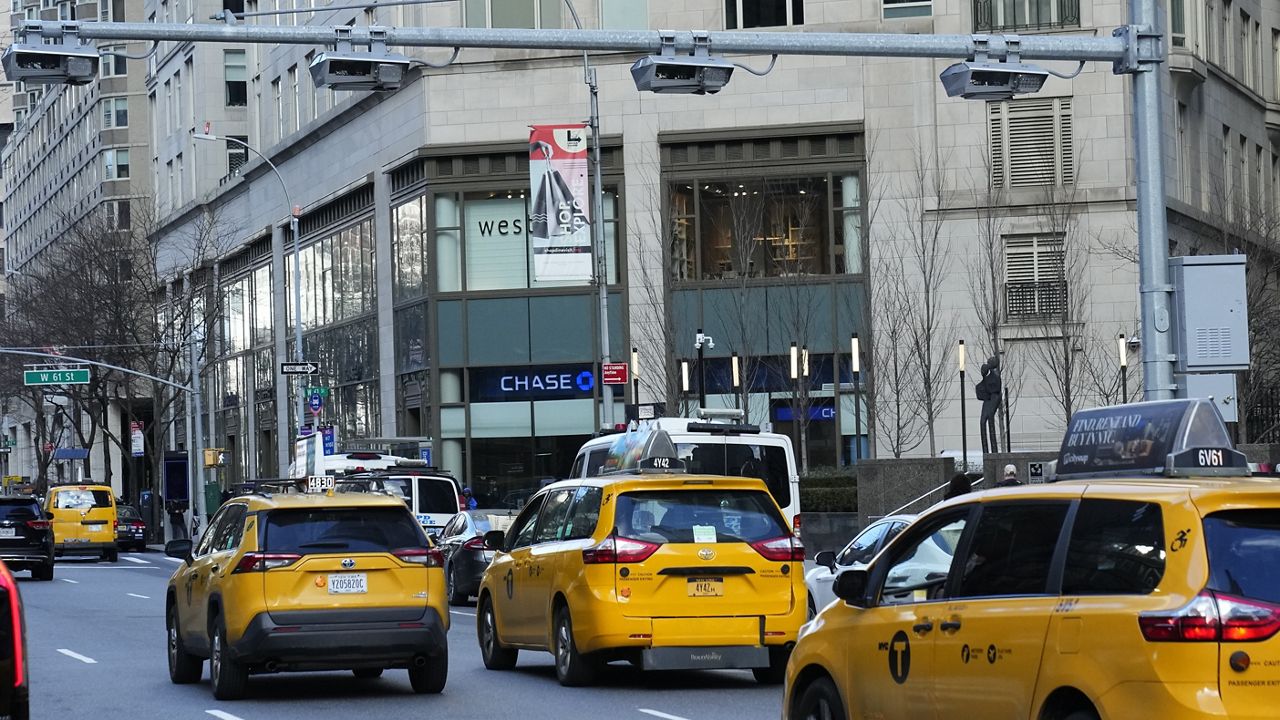Social media influencer Kiing Spiider’s videos are mostly staged scenes of him using his parkour and free-running skills to save people in the subway from pretend danger, but after Jan. 4th, he was no hero to the MTA.
Spiider posted a video showing how to lean over and trigger the sensor of the new fare gates at the Sutphin-Archer subway station to open them without paying. The video now has more than 1 million views on TikTok. Spiider said the video was spurred by his curiosity about how the gates were opening for people exiting.
“I started to look around on the opposite side to see how it was even possible and I noticed there was a sensor on the turnstile,” he said. “But there’s nothing blocking you from touching the sensor if you’re on the other side.”
He posted a subsequent video, showing yet another hack that opens the gate even without even having to reach over very far — or at all.
“The doors are not 100% sturdy, so you can just apply a little bit of pressure onto them and they will open up,” Spiider said.
The gates are part of a pilot program at four stations and one aspect of a multi-pronged approach to stop subway fare evasion. Other parts of the MTA’s plan include preventing back-cocking turnstiles at more than 40 stations, staffing over 400 unarmed guards and changing locks on all the emergency gates due to black market sale of a universal key.
Sutphin-Archer is the only station, however, where the new gates replaced a whole set of turnstiles.
“It’s got problems. We are actually already addressing those problems step-by-step,” said MTA chair and CEO Janno Lieber. “There’s already some barriers so people don’t mess with trying to make the thing open illegally.”
The barriers only consist of two parallel plexiglass sheets at only one set of the whole array, and police are doing most of the work. Lieber said despite the issues, the new fare gates led to a 20% increase in paid fares just by eliminating the use of the emergency gate.
“We had to experiment with a new turnstile in general and one reason we did it there is, that’s where everybody is getting off the plane, they’re coming from JFK airport,” Lieber said. “They’re trying to get into the subway system and they couldn’t get on because they had bags, so they’d use the emergency gate, which creates a huge fare evasion problem.”
Fare evasion cost the MTA about $700 million in 2022, and the most recent data shows it’s getting worse. About 11% of subway customers were not paying as of the first quarter of last year, that increased to 14% by the third quarter, according to the MTA.
Lieber said the new fare arrays were readily available, but they likely won’t be the final ones. Last month, the MTA put out a request for products for the agency to try. Kiing Spiider said he’d be happy to help test them.
“They should definitely hire me to test the new fare gates,” Spiider said. “I’m a New Yorker, I know the ins-and-outs. I know exactly what we are looking for.”
Meanwhile, the MTA finally got approval from fire officials to put a 15 second delay on the opening of emergency gates to deter people from going through for free. That pilot will start in three stations in the coming weeks.
Lieber said fighting fare evasion is essential, and the MTA needs to cut it by half to maintain their current financial plan.







_PKG_DOT_BQE_Improvements_CG_131225588_368)
